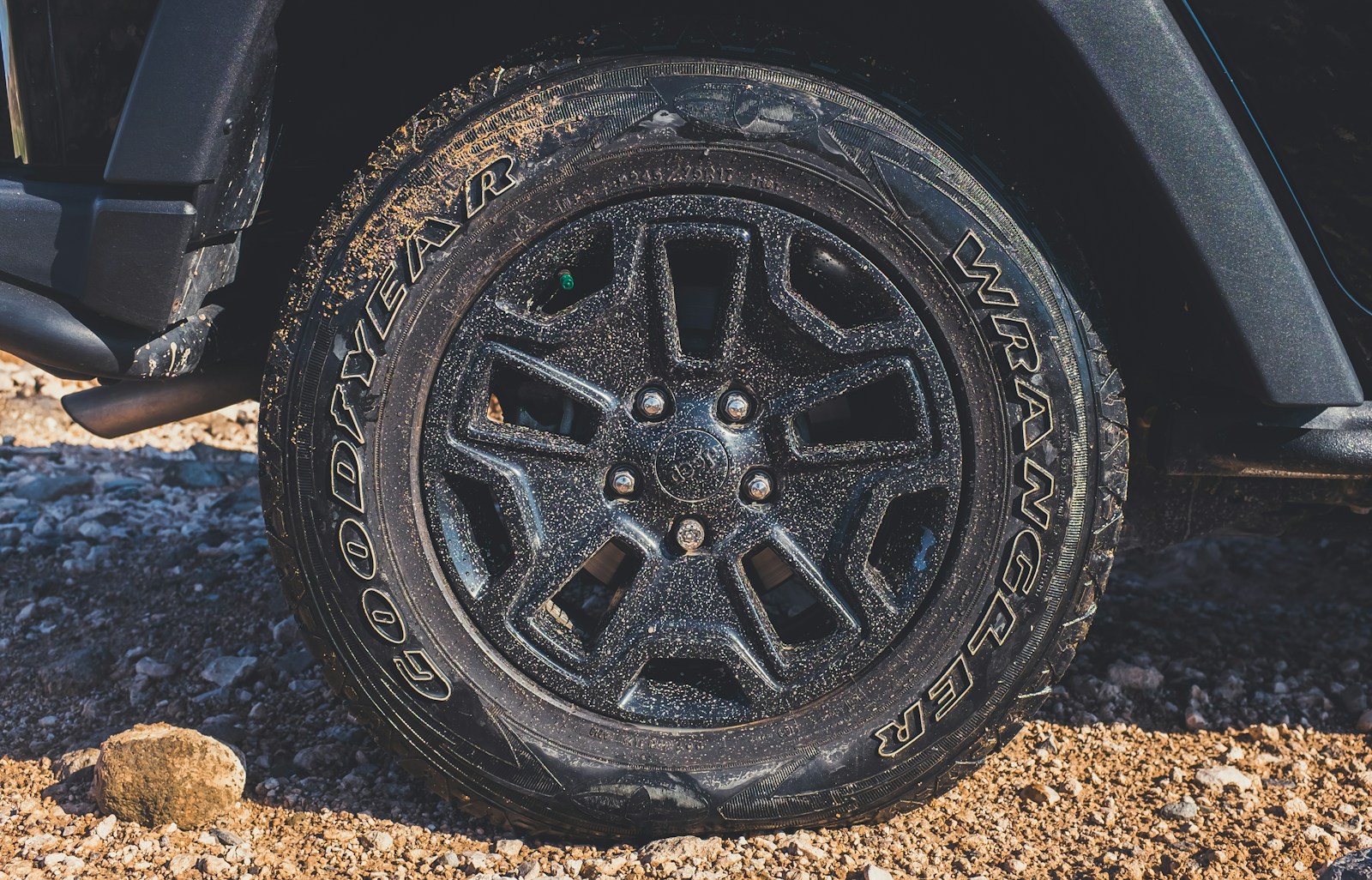
A slow tire leak may seem minor, but it can lead to serious consequences if ignored. Often caused by punctures, valve stem issues, or bead leaks, these leaks can gradually deflate tires, affecting vehicle performance. Drivers may notice a slight drop in tire pressure over time, which can be easy to overlook. However, failing to address it promptly can compromise handling and increase the risk of tire blowouts.
Safety Risks Associated with Slow Leaks
Neglecting a slow tire leak poses significant safety risks. Under-inflated tires can lead to longer braking distances, reduced traction, and increased wear. These factors can make driving more hazardous, especially in adverse weather conditions. Furthermore, low tire pressure can cause overheating, potentially resulting in tire failure while on the road. Ensuring proper tire maintenance is crucial for both safety and vehicle longevity.
Cost Implications of Ignoring Tire Issues
Addressing a slow tire leak early can save money in the long run. Repairing a small puncture is often inexpensive compared to the cost of replacing a damaged tire or, worse, repairing vehicle damage caused by a blowout. Regular tire checks and maintenance can help identify issues before they escalate, ensuring that drivers avoid unnecessary expenses and keep their vehicles in optimal condition.
How to Detect and Address a Slow Leak
To detect a slow tire leak, regularly check tire pressure using a gauge. Additionally, inspect tires for visible damage or foreign objects. If a leak is suspected, a professional can perform a thorough examination and offer necessary repairs. Many tire shops can seal punctures or replace damaged valves efficiently. Regular tire maintenance, including rotation and pressure checks, can significantly reduce the likelihood of slow leaks in the future.



